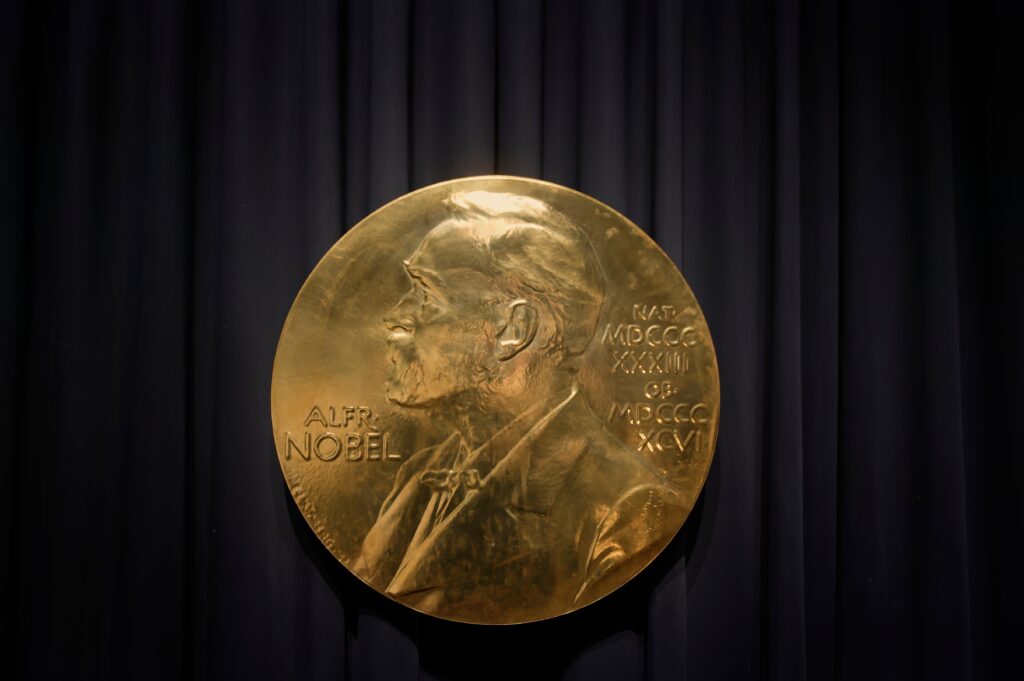Mary E. Brunkow, Fred Ramsdell, and Shimon Sakaguchi won the 2025 Nobel Prize in Physiology or Medicine.
They were honored “for their discoveries concerning peripheral immune tolerance,” announced in Stockholm by the Karolinska Institute.
Each will share 11 million Swedish kronor, about £871,400. “We reached only Sakaguchi,” said Prof Thomas Perlmann. “The others may have silent phones.”
Their research explains how the immune system avoids attacking its own body. “It’s about keeping balance,” said Prof Marie Wahren-Herlenius.
Sakaguchi discovered that certain T-cells, marked by the CD25 protein, suppress harmful immune responses. These became known as regulatory T-cells.
“They are the brakes of the immune system,” said Prof Adrian Liston of Cambridge.
Brunkow and Ramsdell linked the FoxP3 gene to these cells. Mutations cause autoimmune diseases like Ipex syndrome and the scurfy disorder in mice.
Sakaguchi later proved FoxP3 controls regulatory T-cell development. Without it, self-tolerance fails and autoimmunity begins.
“Regulatory T-cells prevent allergy and autoimmunity,” Liston explained. “Strong brakes allow stronger acceleration — a safer immune system.”
The discoveries opened new paths for therapy. “Trials aim to boost regulatory T-cells in autoimmune disease,” said Wahren-Herlenius.
For cancer, scientists try the opposite: reducing T-cells that protect tumors from immune attack.
“This was a long-expected prize,” said Prof Adrian Hayday. “We still have much to learn, but the impact is enormous.”


